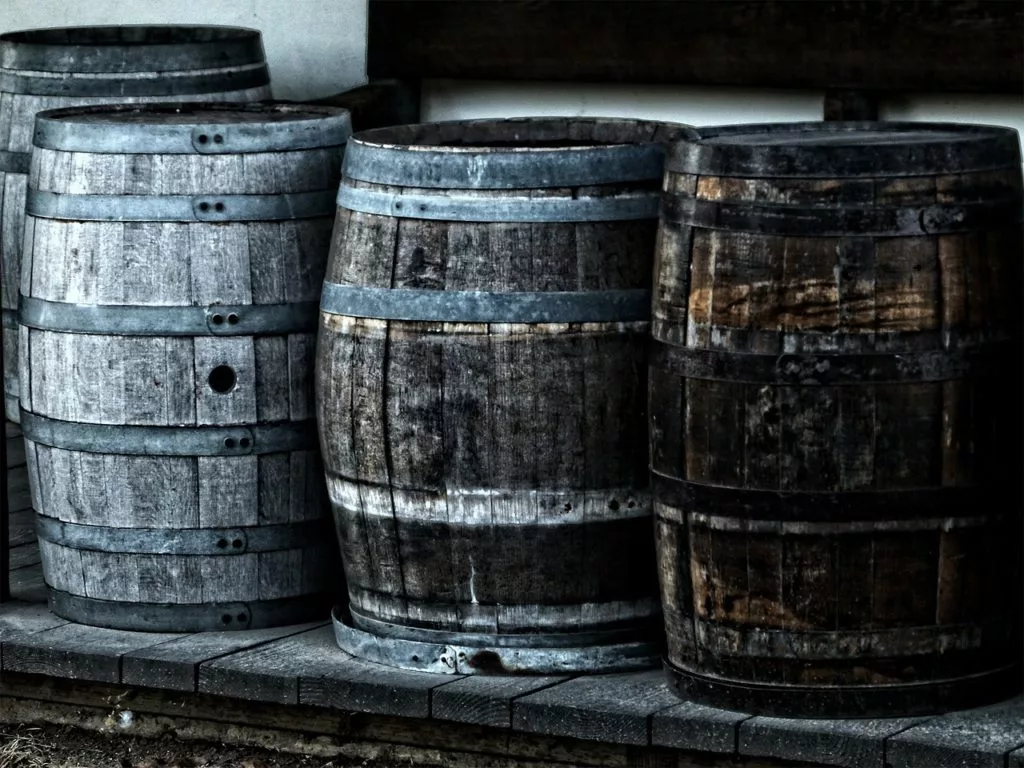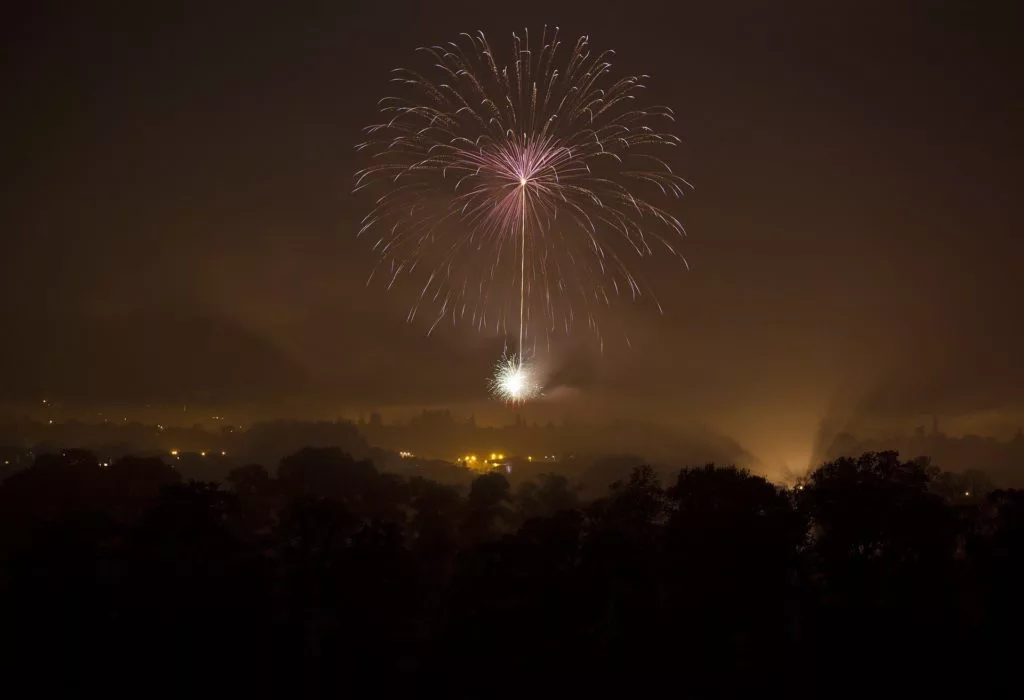
The History of Guy Fawkes Night

It is incredibly difficult to chronicle the full history of Fireworks night, but I will try and do so as fully as possible without writing long entries for each component. That actually, best describes the Gunpowder Plot, a series of components that all came together on one fateful night in 1605.
It is best to start with the Monarch…
James VI and I King of Scotland
London was a very different place 400 years ago; far from the bustling cosmopolitan city we know today, it was a squalid and dangerous place. King James came to power in England in 1603. England itself was a far cry from the United Kingdom we live in today. Both England and Scotland remained sovereign states with separate judiciary and parliamentary systems. When James unified the crown, it was a long way from a happy marriage. His ascension to the English throne bought an end to the absolute monarchy of the Tudor crown and paved the way for the English civil war and the dissension that the house of Stuart came to be remembered by.
It is fairly safe to say that his reign was uneasy and unsteady. His predecessors had ruled England with unscrupulous determination and their ways had garnered the adoration of their subjects. If there was any crisis under a Tudor monarch it was often the monarch that had instigated it. James on the other hand was more inclined to try and appease and placate his detractors.
Although he was largely successful as a Scottish monarch he failed miserably to bring stability to England. James advocated peaceful resolution and this in itself was seen as weakness, especially by a public that had long been hardened to previous monarch’s warmongering. It was a culmination of these blood thirsty antics that meant that James inherited a crown with a substantial war debt.
Another important factor was religion. Since the dissolution of the Catholic church in England by Henry VIII there had been long standing tensions between Protestants and Catholics. The crown always rested on a knifepoint and at even a glimpse of perceived weakness there were Catholic uprisings. The previous Tudor monarchs had quashed these brutally and it is often forgotten just how blood thirsty the Tudor crown was. Perhaps because they are portrayed with sophisticated arts, stylised architecture and decadence. James had, until the Gunpowder Plot, taken a more laid-back approach in the hope of not causing further religious tensions.
Lastly James was seen as an unusual character. Rumours from court hinted he lived a lifestyle that involved both heterosexual and homosexual liaisons as well as a strong passion for witchcraft and other odd practices. James desperately wanted intellectual approval and wrote plenty during his reign to further advance his intellectual standing. These liberal practices weren’t deal breakers, but they were enough to create a very flaky public image, in turn this did nothing to enhance the stability of the monarch. It is noted that Shakespeare wrote Macbeth purely to appeal to the new king’s vanity, and it seems that such manipulations were easily made of James.
The Gunpowder Plot

The plot was a simple one. Kill James, thus deposing him from his throne and replacing him with a Catholic head of state. But that was where the plan’s simplicity ended and for the conspirators one of the major flaws to their plot. In hindsight the plot was at best audacious and brilliant but at worst idiotic and destined to fail from the get go.
Now enter the key man. The conspirator behind it all. Robert Catesby.
Who? What about Guy Fawkes?
We will get to Guy Fawkes in a bit, but for now I will tell you about a man named Catesby. He was by all accounts a trouble maker and had longstanding ties to rebellious factions in England. Previously he had been involved in a failed rebellion against Queen Elizabeth who had spared him his life in return for a substantial fine (remember the Tudor crown had significant debt) which amounted to about £6million in today’s money.
Catesby had long sought to overthrow the monarchy and he had surrounded himself with would be accomplices from the get go. In 1604 it is believed that Catesby and a few other conspirators devised a plan to rid England of protestant rule altogether. A co-conspirator named Wintour went to enlist the help of the Spanish (a deeply loyal nation to the papacy) and it was while there, he met Guy Fawkes.
Guy Fawkes as you will find out is both the most significant part of the plot as well as being largely unremarkable in the whole sordid affair. Fawkes was considered to be a man of good military standing and knowledge as well as a devoted Catholic. It was to these ends that he was recruited into the plot. Upon returning to England the plot took shape and elements of its execution came together. At this point I won’t elaborate too much further as I will be writing a full account of the actual plot. The People Vs Guido Fawkes will pick up this story from here.
Not with a bang, but a whimper
I am fairly certain I don’t need to tell you that the Gunpowder plot failed. Dismally.
As a result of this James actually became a more hard-line monarch. Catholics became persecuted to a much greater extent than even under the Tudor crown and there were significant changes to the way Catholics were treated in England. James also made sure that a spectacle was made of the conspirators and that their failure stood as a warning to others that might have plans on the crown. Immediately it was granted that people were allowed to (providing it was safe) light bonfires and celebrate the plots demise.
From that November the 5th forward Guy Fawkes Night has been celebrated in the United Kingdom.
Bonfire night before Guy Fawkes?

Perhaps the most unknown thing about bonfire night and one of the most interesting things is that long before Guy Fawkes, around the same time each year bonfires were being lit. In Ireland as far back as pagan times, just a few nights before that ill-fated night of November 5th bonfires were being lit at Halloween. This tradition is related to the pagan festival of Samhain and bonfires were literally “bone-fires” where by bones and carcasses of animals would be burnt in offering to the gods. Samhain was celebrated from 31st October to the 1st November.
Curiously, with the later resurrection of this festival and subsequent renaming as Halloween it is quite likely that even if the Gunpowder Plot had never occurred we would still be having bonfires and fireworks at this time of year. It’s funny how things work out isn’t it?